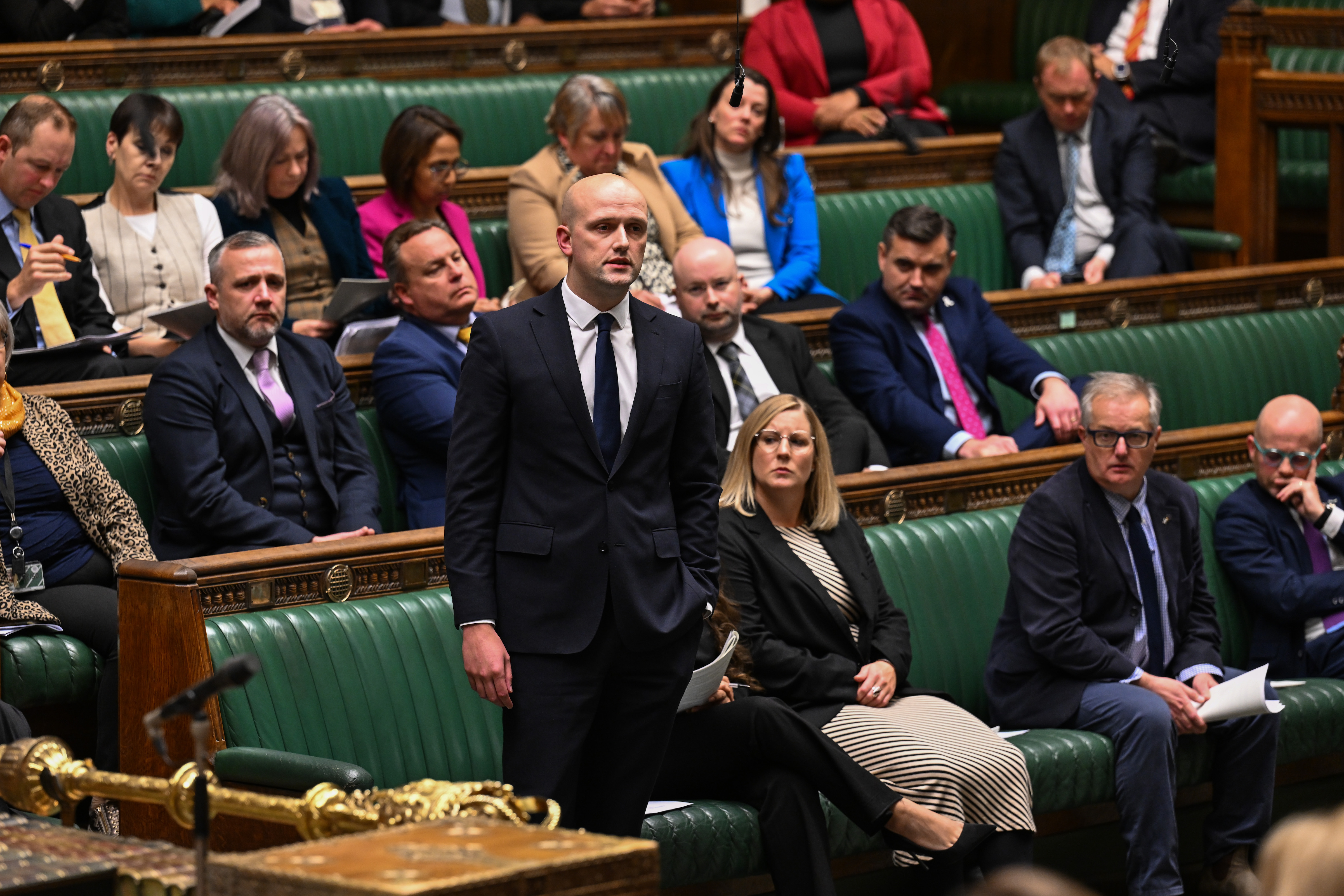How much is annual road tax?
Vehicle Excise Duty (otherwise known as Road Tax) is an annual tax on the ownership of road vehicles. It applies to cars, vans, lorries and motorcycles. The duty is administered by the Driver and Vehicle Licensing Agency (DVLA).
Vehicle Excise duty operates through a range of bands, relating to the Co2 emission level and age of the vehicle. Motorcycles pay less, and good vehicles pay more, relative to cars.
Some cars, such as certain classic cars, are exempt from road tax and pay nothing, while others can be charged several hundred pounds per year.
Electric cars have been exempt from road tax for a number of years, albeit this is set to change from April 2025. Electric cars registered from April 2025 will pay the lowest rate of £10 in the first year, then move to the standard rate which is currently £165.


The system is currently designed to penalise high polluting cars so to encourage the ownership of less polluting vehicles, like smaller cars, hybrids and electric vehicles.
The tax band is governed by when the car was registered.
Cars more than 40 years old are exempt; cars made before March 2001 are taxed on engine size; cars made between March 2001 and 2017 are taxed on the car’s official CO2 emissions.
Cars registered after 1st April 2017 are taxed on their emissions level in the first year and then a flat rate. The first year of tax is included in the on-the-road price, but the second year is what people pay direct. As of 2020/21, that flat rate is currently £150 per vehicle.
There is however an additional tier of taxation for a diesel car, which varies depending on the emissions level of the car concerned.
There is also a higher charge of £325 per year for the first five years, for owners of the 5% of new cars that cost over £40,000 at the time of purchase. In his 2020 budget, then Chancellor Rishi Sunak announced that electric cars would be exempt from the higher tax rate for new cars that cost over £40,000.
There is an historic vehicle exemption to road tax for cars that are over 40 years old. This benefits the owners of classic cars.
If someone has a disability, they might be entitled to free car tax if they receive the higher rate of the mobility component of Disability Living Allowance or receive War Pensioners’ Mobility Supplement.
Owners of vehicles used to be issued with a tax disc to display on their car, but since 2014, the system has been administered electronically. Payment is typically by direct debit, and the tax disc itself is no longer required.
In 2019/20, Vehicle Excise Duty raised £6.5 billion of revenue for the government.
The debate around road tax
Opponents of road tax point to how it is a flat rate of tax paid by most car owners, regardless of their ability to pay.
Like with fuel duty, questions are increasingly had been raised as to the future of road tax given the spread of the electric car. Given that an electric vehicle is exempt from vehicle tax, the move to electric is seeing the reduction of road tax revenue decrease steadily. Citing the future viability of road tax, the government announced in November 2022 that it was to introduce vehicle excise duties on electric cars fro the first time.
It has also been pointed out that the higher rates of vehicle excise duty that are placed on older higher polluting vehicles, also hit the least well off, as an older car is typically the cheapest and most affordable for those on low incomes to purchase.
Others, including environmental campaigners, point out that road tax is a flat charge that takes no account of the use that someone makes of the roads.
It has been suggested that a fairer alternative might be to switch to a model based purely on fuel duty or road pricing, both of which would tax the driver for the extent to which they actually use their cars. These are tendered as both fairer, and a more potent policy tool to reduce emissions.
On the other hand, supporters of road tax point to the £6.5 billion of revenues generated through road tax. These are significant sums which directly contribute to the funding of public services.
Aside from the substantial revenues generated annually by the vehicle duty for the Exchequer, historically the government has also typically defended the role played by road tax in ensuring compliance with valid MOT and car insurance certifications.
It also is suggested that road tax discourages the ownership of second cars.
An increase in road tax evasion
Despite electronic enforcement measurements, it is widely suggested that the move in 2014 to abolish the need for a physical tax disc, has led to an increase in Vehicle Excise Duty evasion.
Statistics from the Department of Transport in 2017 suggested that the rate of unlicensed vehicles in traffic in the UK was estimated to be 1.8%, compared with 0.6% in 2013. About 1.9% of all vehicles in use were said to be unlicensed. This is equivalent to about 755,000 vehicles.
The BBC have reported that this increase in evasion could have caused the government to have potentially lost out on £107m in tax revenue from some 755,000 unlicensed vehicles.
The history of road tax
Early Years
Road vehicle ownership had been taxed since the earliest days of motor vehicles, with the UK’s first schemes for “light locomotives” introduced in 1896. Under the Motor Car Act 1903, all road vehicles were taxed annually at a rate of 20 shillings per year, with the system administered by county councils.
The Finance Act 1910 replaced the earlier system with the “Road Fund tax”, based on a scale of liabilities based on horsepower rating, formulated by the Royal Automobile Club and subsequently referred to as the “Treasury rating”. The Act stipulated that the funds raised should be used for maintaining the road network. The fund was administered by the Roads Board, which had considerable difficulty spending the money it raised, until it was replaced by the new Ministry of Transport in 1919, which abolished petrol duties and increased vehicle duties.
The tax disc was first introduced in 1921, under the Roads and Finance Act 1920, which set the duty at £1 per horsepower. The UK Road Fund licence remained in place until 1937; when it was abolished the hypothecation of vehicle duties for roads came to an end. Rather than specifically being used to pay for the building and maintenance of the road network, the tax became part of the government’s general taxation pool.
The “Treasury rating” system remained in place until 1948, when it was replaced by a flat rate Vehicle Excise Duty charge of £10 per annum. This flat rate system remained in place until 2001, when the present emissions-based banding system was introduced. By this time, the UK was the only country in Europe not to charge motorists on the basis of some characteristic of their vehicles.
Responsibility for vehicle licensing was passed from county councils to the Driver and Vehicle Licensing Centre in 1965.
Linking Road Tax to Emissions
After their 1997 General Election victory, the Labour Party indicated that it wished to overhaul the road tax system to incentivise people to replace their vehicles with more fuel efficient models.
In July 1998 a White Paper said that the Government would introduce a new system of graduated Vehicle Excise Duty (VED) for cars from 1999.
In the 1999 Budget, then Chancellor Gordon Brown confirmed that new cars registered from autumn 2000 would be placed in one of four rate bands, according to their carbon dioxide emissions. He subsequently added a fifth band in his 2002 budget, a sixth band in his 2003 budget and a seventh band in his 2006 budget.
The system was overhauled again in the 2008 Budget, when it was announced that from April 2009 all cars would be placed in one of 13 new bands, reflecting more accurately their carbon emissions. Vehicles in the higher bands saw a considerable increase in their car tax rates.
In his 2013 budget, Chancellor George Osborne announced that statutory off-the-road declarations (SORN) would be put onto an indefinite basis to reduce administration costs.
It was also announced that from October 2014, motorists would no longer need to physically attach a paper tax disc to the inside of their windscreen. The circular paper discs were no longer issued as records moved to centralised database which was matched to the car’s registration plate. Using number plate recognition technology, this made it easier for the authorities to identify an untaxed vehicle.
Further reforms to VED – 2015 onwards
In his summer 2015 budget, George Osborne announced that new cars would be subject to different vehicle excise duty (VED) bands from 2017.
This new system was still based on CO2 emissions, but only cars emitting 0g/km CO2 now benefitted from free road tax.
Instead Osborne introduced a new standard rate from the second year of ownership. This duty was first set at £140, with a new higher rate band which levied anyone who had spent more than £40,000 on a new car paid with a £310 a year duty for their first five years of ownership.
Commenting on the change, George Osborne said:
“Because so many new cars now fall into the low-carbon emission plans, by 2017 over three quarters of new cars will pay no VED at all in the first year. This isn’t sustainable and it isn’t fair. If you can afford a brand new car, including some of the most expensive models available, you can pay no VED. If you can only afford an older second-hand car you have to pay more tax.”
As part of his 2015 change Osborne announced that the money raised through VED would also exclusively go directly back into improving the roads.


























